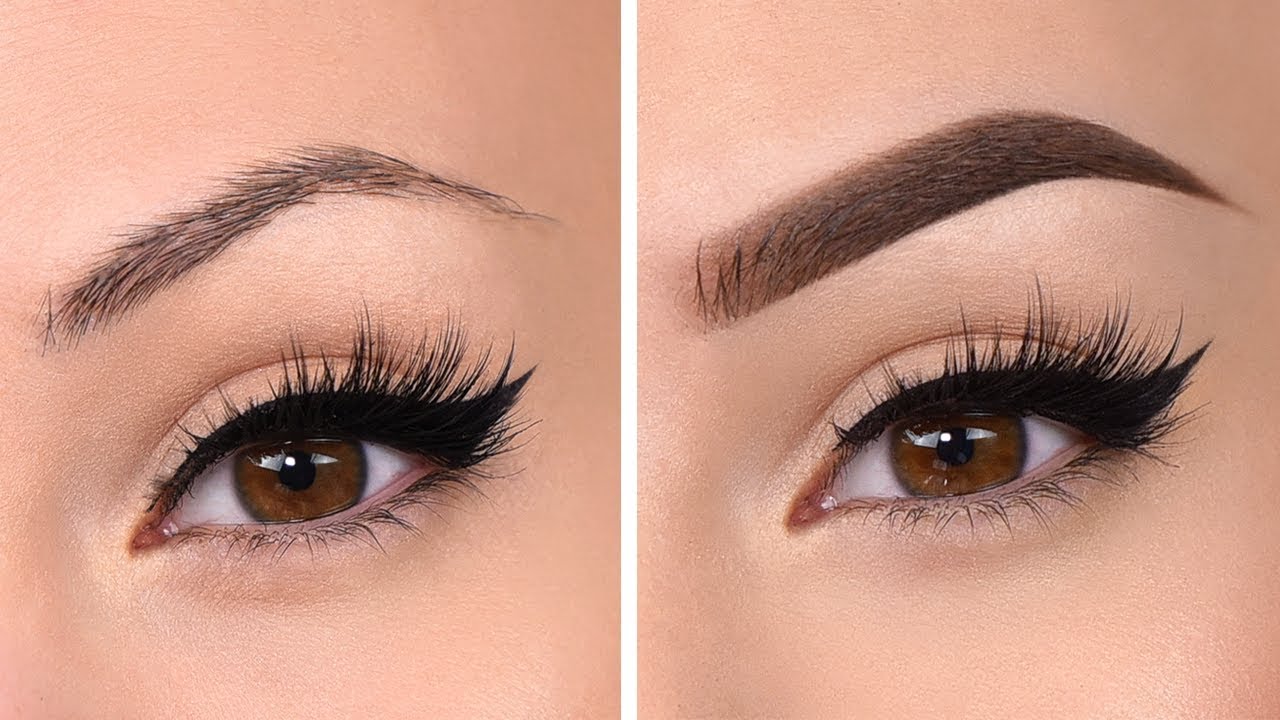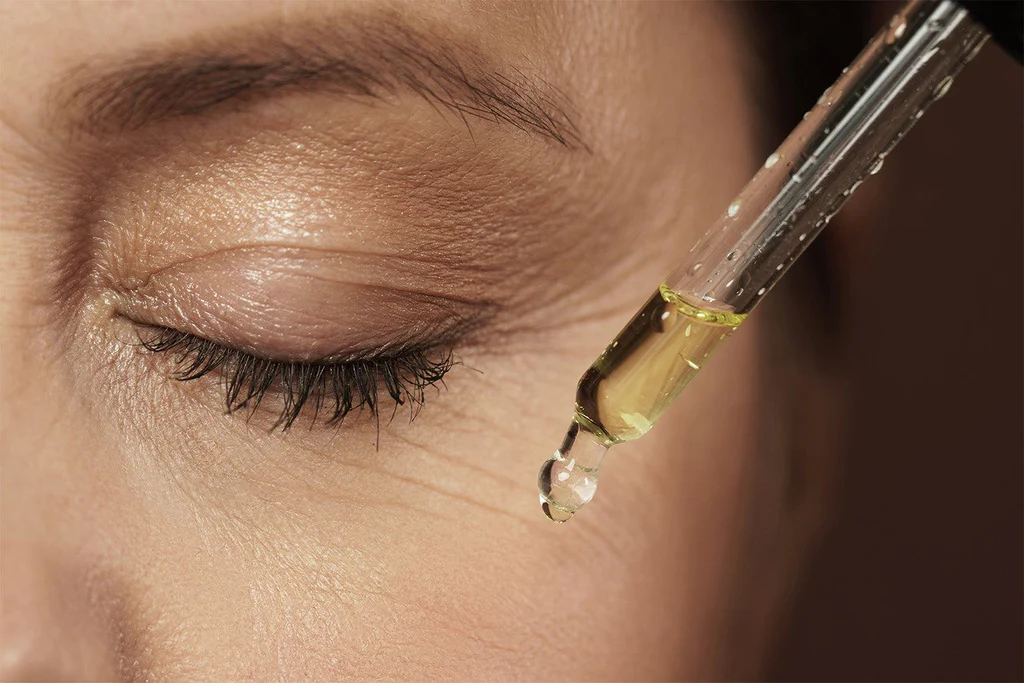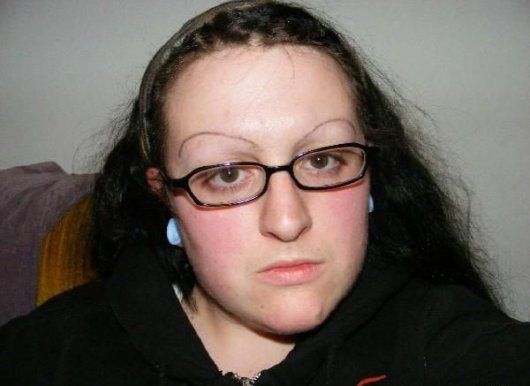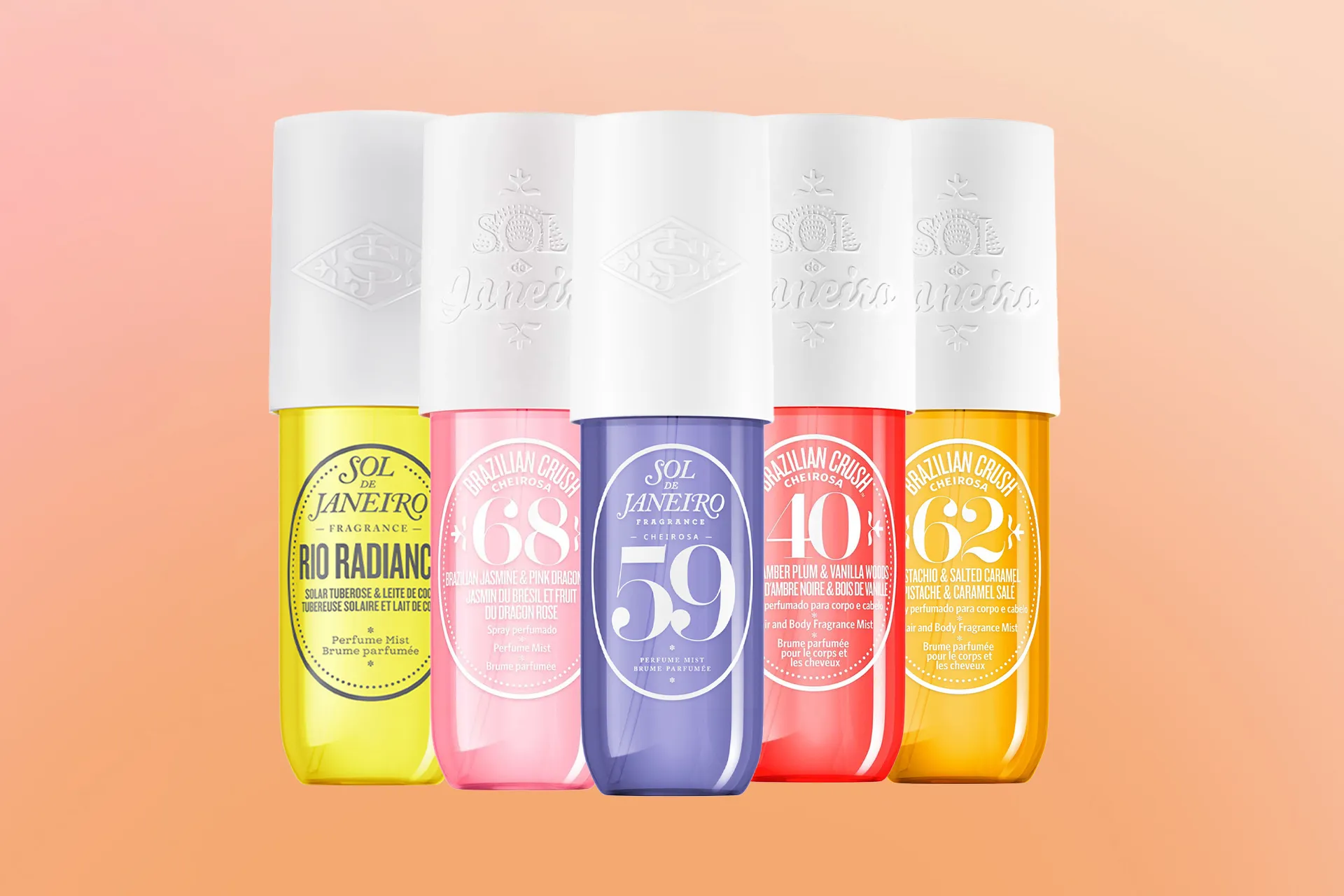Eyebrow waxing is a popular method of shaping and maintaining your brows, as it provides smooth, long-lasting, and efficient results. But how often should you get your eyebrows waxed? And what are the pros and cons of this procedure? In this blog post, we will answer these questions and more, so you can make an informed decision about your brow care.
What is Eyebrow Waxing?
Eyebrow waxing is a method of removing hair from your hair follicles using warm wax. The wax is applied to the areas where you want to remove hair, and then quickly pulled off in the opposite direction of the hair growth. This way, the hair is lifted out of the follicle, leaving your skin smooth and hair-free.
Eyebrow waxing is typically done with hard wax, which only adheres to the hair and not the skin. This makes it ideal for more sensitive areas like the face, as it reduces the risk of irritation and damage. Hard wax also allows for more precision and control, as you can shape your brows according to your preference.
Benefits of Eyebrow Waxing
There are many benefits of eyebrow waxing, such as:
- Smooth, long-lasting results: Eyebrow waxing can last anywhere from two to six weeks, depending on how fast your hair grows. This means you don’t have to worry about tweezing or trimming your brows every few days, and you can enjoy a clean and polished look for longer.
- Efficient: Eyebrow waxing can remove multiple hairs at once, unlike tweezing or threading, which can be time-consuming and tedious. A waxing session can take as little as 10 minutes, and you can achieve a sharp and defined shape for your brows.
- Less ingrown hairs: Eyebrow waxing can reduce the chances of ingrown hairs, which are hairs that grow back into the skin and cause inflammation and infection. This is because waxing removes the hair from the root, and prevents it from curling or breaking under the skin.
How Often Should You Get Your Eyebrows Waxed?
The answer to this question depends on several factors, such as your hair type, growth rate, and personal preference. However, a general rule of thumb is to wax your eyebrows every three to four weeks, or once a month. This will allow your hair to grow long enough for the wax to grip it, and also maintain a consistent shape for your brows.
However, some people may need to wax their eyebrows more or less often, depending on their individual circumstances. For example, if you have very thick or coarse hair, you may need to wax your eyebrows every two weeks, as your hair may grow back faster and more visibly. On the other hand, if you have very fine or sparse hair, you may be able to go for six to eight weeks without waxing, as your hair may not be noticeable or affect your brow shape.
The best way to determine how often you should get your eyebrows waxed is to pay attention to your hair growth cycle and your brow appearance. If you notice that your brows are becoming unruly, overgrown, or uneven, it may be time to book a waxing appointment. If you are happy with your brow shape and don’t see any stray hairs, you can wait a little longer before waxing.
FAQs About Eyebrow Waxing
Here are some of the most frequently asked questions about eyebrow waxing, and their answers.
Does it hurt to wax your eyebrows?
The pain level of eyebrow waxing varies from person to person, and depends on factors such as your skin sensitivity, pain tolerance, and wax quality. However, most people describe eyebrow waxing as a mild to moderate discomfort, similar to a quick pinch or sting. The pain usually lasts for a few seconds, and then subsides. You may also experience some redness, swelling, or tenderness after waxing, but these are temporary and can be eased with soothing products or ice packs.
To minimize the pain of eyebrow waxing, you can try the following tips:
- Avoid waxing your eyebrows when you have your period, as your skin may be more sensitive and prone to bleeding.
- Avoid waxing your eyebrows if you have sunburn, cuts, or infections on your skin, as this can cause further damage and pain.
- Avoid waxing your eyebrows if you are using retinoids, exfoliants, or other products that can thin or irritate your skin, as this can increase the risk of peeling or scarring.
- Take a painkiller, such as ibuprofen, 30 minutes before waxing, to reduce inflammation and discomfort.
- Apply a numbing cream, such as lidocaine, to your brows 15 minutes before waxing, to dull the sensation of the wax.
- Breathe deeply and relax your muscles during waxing, as this can help you cope with the pain better.
What happens if you wax your eyebrows too often?
Waxing your eyebrows too often can have negative consequences, such as:
- Damage to your skin: Waxing your eyebrows too often can strip away the natural oils and moisture from your skin, leaving it dry, flaky, and prone to wrinkles. It can also cause irritation, inflammation, and infection, especially if you have sensitive or reactive skin. Moreover, waxing your eyebrows too often can damage the elasticity and collagen of your skin, leading to sagging and drooping of your brows and eyelids.
- Damage to your hair: Waxing your eyebrows too often can weaken your hair follicles, causing them to produce thinner, finer, or fewer hairs. This can result in sparse, patchy, or uneven brows, that may not grow back fully. It can also cause ingrown hairs, which are hairs that grow back into the skin and cause bumps and inflammation.
- Loss of your natural brow shape: Waxing your eyebrows too often can alter your natural brow shape, making them too thin, arched, or angular. This can affect your facial balance and harmony, and make you look older, harsher, or unnatural. It can also be difficult to restore your natural brow shape, as you may need to wait for months or years for your hair to grow back.
To avoid waxing your eyebrows too often, you should follow the recommended frequency of every three to four weeks, or once a month. You should also consult a professional brow specialist, who can advise you on the best shape and technique for your brows, and perform the waxing safely and hygienically.
How to prepare for eyebrow waxing?
To prepare for eyebrow waxing, you should do the following:
- Let your hair grow: You should let your hair grow for at least two weeks before waxing, or until it is at least a quarter of an inch long. This will ensure that the wax can grip the hair properly, and remove it from the root. If your hair is too short, the wax may not be able to catch it, and you may end up with stubble or missed spots. If your hair is too long, the wax may pull on it more, and cause more pain or breakage.
- Exfoliate your skin: You should exfoliate your skin a day or two before waxing, to remove any dead skin cells, dirt, or oil that may clog your pores or interfere with the wax. This will also help prevent ingrown hairs, as it will clear the way for the hair to grow out of the skin. You can use a gentle scrub, a washcloth, or a facial brush to exfoliate your skin, and rinse well with water.
- Cleanse your skin: You should cleanse your skin before waxing, to remove any makeup, lotion, or sunscreen that may affect the wax’s adhesion or cause irritation. You can use a mild cleanser, and pat your skin dry with a towel. Avoid using any products that contain alcohol, fragrance, or oil, as they can dry out or irritate your skin.
- Trim your hair: You may want to trim your hair before waxing, if it is very long or unruly. This can make the waxing process easier and faster, and reduce the pain and pulling. You can use a pair of small scissors or a brow trimmer to trim your hair, and follow the natural shape of your brows. Be careful not to cut your hair too short, as this can make your brows look sparse or uneven.
How to care for your skin after eyebrow waxing?
To care for your skin after eyebrow waxing, you should do the following:
- Soothe your skin: You should soothe your skin after waxing, to calm any redness, swelling, or tenderness that may occur. You can apply a soothing product, such as aloe vera gel, witch hazel, or chamomile tea, to your brows, and leave it on for 10 to 15 minutes. You can also use an ice pack, wrapped in a cloth, to cool and numb your skin, and reduce inflammation.
- Moisturize your skin: You should moisturize your skin after waxing, to replenish the natural oils and moisture that may have been stripped away by the wax. You can use a gentle moisturizer, preferably one that is fragrance-free, oil-free, and non-comedogenic, to hydrate and protect your skin. Avoid using any products that contain alcohol, retinoids, exfoliants, or other ingredients that can dry out or irritate your skin.
- Avoid sun exposure: You should avoid sun exposure after waxing, as your skin may be more sensitive and prone to sunburn, pigmentation, or premature aging. You should wear a hat, sunglasses, or sunscreen, to shield your skin from the sun’s rays, and prevent any damage or discoloration. You should also avoid tanning beds, lamps, or sprays, as they can have the same effect.
- Avoid heat and sweat: You should avoid heat and sweat after waxing, as they can irritate your skin and cause inflammation or infection. You should avoid hot showers, baths, saunas, steam rooms, or hot tubs, as they can open up your pores and make your skin more sensitive. You should also avoid exercising, swimming, or any activity that can make you sweat, as sweat can carry bacteria and dirt into your pores and cause breakouts.
- Avoid makeup and hair products: You should avoid makeup and hair products after waxing, as they can clog your pores and cause irritation or infection. You should avoid applying any foundation, concealer, powder, blush, or highlighter to your brows, as they can interfere with the healing process and cause inflammation or scarring. You should also avoid using any gel, wax, pomade, or spray to your brows, as they can weigh down your hair and affect your brow shape.
How to Maintain Your Eyebrow Shape Between Waxing Sessions?
To maintain your eyebrow shape between waxing sessions, you should do the following:
- Tweeze sparingly: You can tweeze any stray hairs that grow outside your desired brow shape, but be careful not to overdo it. You should only tweeze the hairs that are clearly visible, and avoid touching the hairs that are close to your brow line, as they can affect your brow shape and thickness. You should also use a pair of clean, sharp, and slanted tweezers, and pull the hair in the direction of the growth, to avoid breaking or damaging the hair.
- Fill in your brows: You can fill in your brows with a brow pencil, powder, or gel, to enhance your brow shape and color, and cover any gaps or sparse areas. You should choose a product that matches your natural brow color, and apply it with light, feathery strokes, following the direction of your hair growth. You should also use a spoolie brush, to blend the product and create a natural look.
- Brush your brows: You can brush your brows with a spoolie brush, to groom and shape them, and keep them in place. You should brush your brows upward and outward, to create a lifted and open look, and trim any long or unruly hairs with a pair of small scissors. You can also use a clear or tinted brow gel, to set your brows and add some shine and definition.
Conclusion
Eyebrow waxing is a great way to shape and maintain your brows, as it provides smooth, long-lasting, and efficient results. However, you should also be aware of the pros and cons of this procedure, and how to care for your skin before and after waxing. You should also follow the recommended frequency of every three to four weeks, or once a month, to avoid waxing your eyebrows too often, and damaging your skin or hair. By following these tips, you can enjoy beautiful and healthy brows, and enhance your facial features and expression.
I hope you found this blog post helpful and informative. If you have any questions or feedback, please leave a comment below. Thank you for reading!
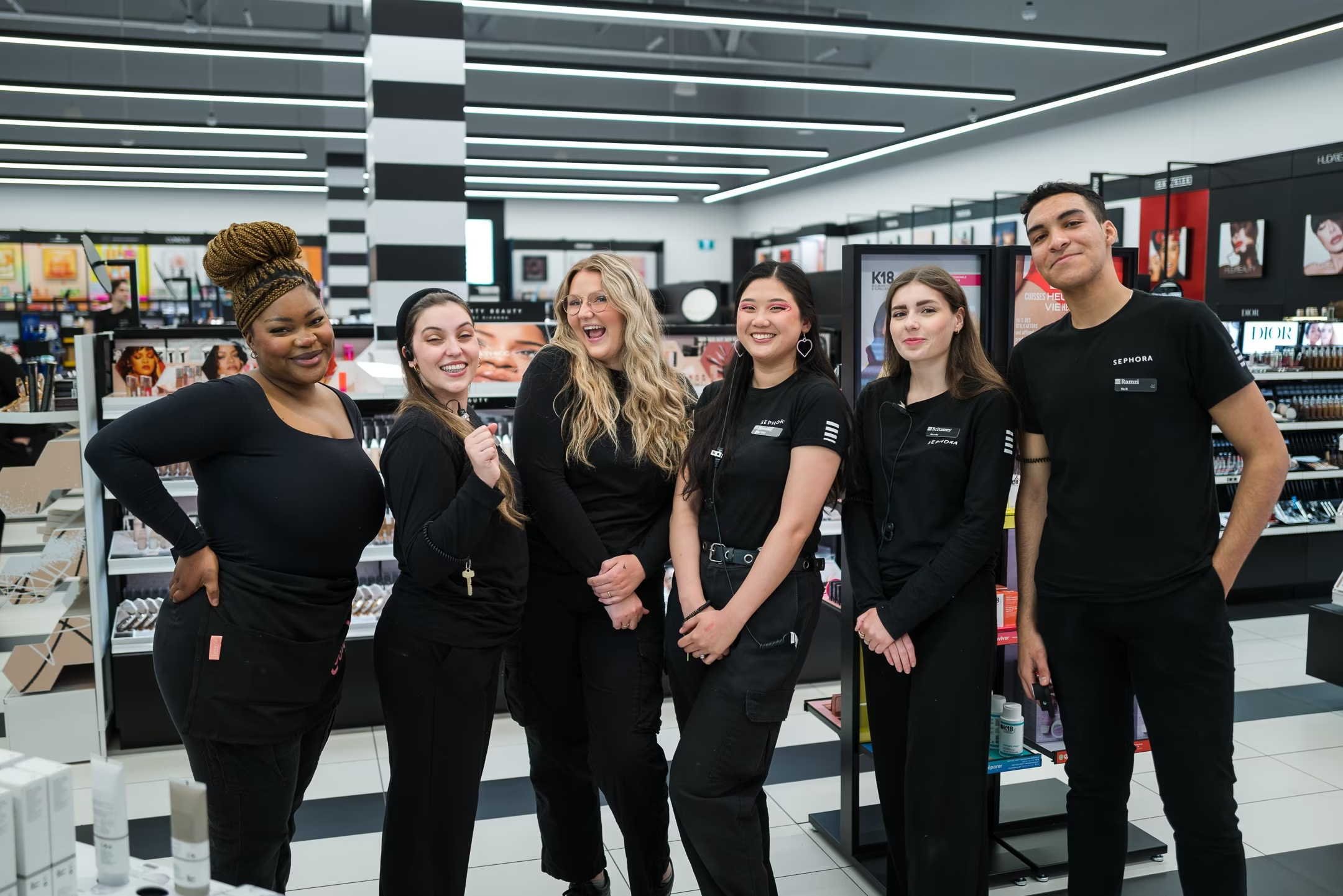
 By
Your Beauty Plug
By
Your Beauty Plug

